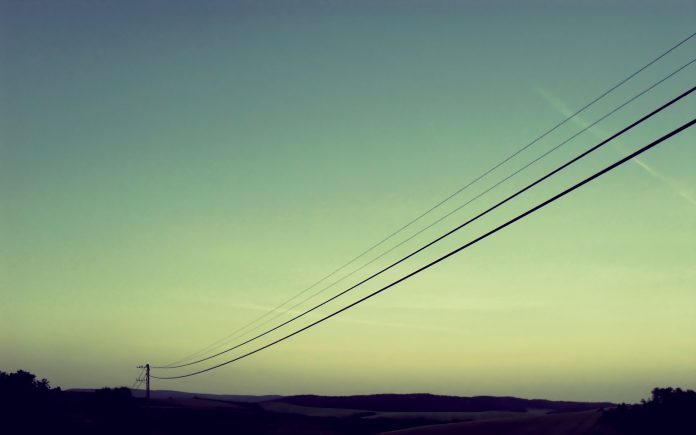The transform.scale() function in D3.js library is used to get the transformation whose scale k₁ is equal to k₀k, where k₀ is the transform’s scale.
Syntax:
transform.scale(k)
Parameters: This function accepts a single parameter as mentioned above and described below.
- k: This parameter is the scale argument.
Return value: This function returns the transformed zoom behaviour.
Below programs illustrate the transform.scale() function in D3.js library.
Example 1:
HTML
<!DOCTYPE html> <html> <head> <meta charset="utf-8"> </script> </head> <body> <center> <h1 style="color: green;"> Geeksforneveropen </h1> <h3>D3.js | transform.scale() Function</h3> <script> var svg = d3.select("body").append("svg") .attr("width", 400) .attr("height", 300); var g1 = svg.append("g"), g2 = svg.append("g"); var zoom1 = d3.zoom().on("zoom", function () { g1.attr("transform", d3.event.transform); }); var zoom2 = d3.zoom().on("zoom", function () { g2.attr("transform", d3.event.transform); }); g1.call(zoom1.transform, d3.zoomIdentity .translate(150, 100) .scale(2)); g2.call(zoom2.transform, d3.zoomIdentity .translate(150, 100) .scale(2)); g1.append("rect") .attr("x", 20) .attr("y", 20) .attr("width", 60) .attr("height", 60); g2.append("rect") .attr("x", 25) .attr("y", 25) .attr("width", 50) .attr("height", 50) .attr("fill", "green"); d3.selectAll("rect").on("click", function () { g1.transition() .duration(3000) .attr("transform", d3.zoomIdentity) .on("end", function () { d3.select(this).call(zoom1.transform, d3.zoomIdentity); }) g2.transition() .duration(2000) .call(zoom2.transform, d3.zoomIdentity) }); </script> </center> </body> </html> |
Output:
Example 2:
HTML
<!DOCTYPE html> <html> <head> <meta charset="utf-8"> </script> </head> <body> <center> <h1 style="color: green;"> Geeksforneveropen </h1> <h3>D3.js | transform.scale() Function</h3> <canvas width="500" height="300"></canvas> <script> var canvas = d3.select("canvas"), context = canvas.node().getContext("2d"), width = canvas.property("width"), height = canvas.property("height"), radius = 2.5; var points = d3.range(300).map(phyllotaxis(10)), point = points.pop(); var zoom = d3.zoom() .on("zoom", zoomed); canvas .call(zoom.transform, transform) .call(transition); function zoomed() { context.save(); context.clearRect(0, 0, width, height); context.translate(d3.event.transform.x, d3.event.transform.y); context.scale(d3.event.transform.k, d3.event.transform.k); drawPoints(); context.restore(); } function drawPoints() { context.beginPath(); points.forEach(drawPoint); context.fillStyle = "#8d0396"; context.fill(); context.beginPath(); drawPoint(point); context.fillStyle = "#00ab1c"; context.fill(); context.stroke(); } function drawPoint(point) { context.moveTo(point[0] + radius, point[1]); context.arc(point[0], point[1], radius, 0, 2 * Math.PI); } function transform() { return d3.zoomIdentity .translate(width / 2, height / 2) .scale(8) .translate(-point[0], -point[1]); } function transition(canvas) { var n = points.length, i = Math.random() * n | 0, c = points[i]; // Pick a random point. points[i] = points[n - 1]; points[n - 1] = point; point = c; canvas.transition() .delay(500) .duration(3000) .call(zoom.transform, transform) .on("end", function () { canvas.call(transition); }); } function phyllotaxis(radius) { var theta = Math.PI * (3 - Math.sqrt(5)); return function (i) { var r = radius * Math.sqrt(i), a = theta * i; return [ width / 2 + r * Math.cos(a), height / 2 + r * Math.sin(a) ]; }; } </script> </center> </body> </html> |
Output:






